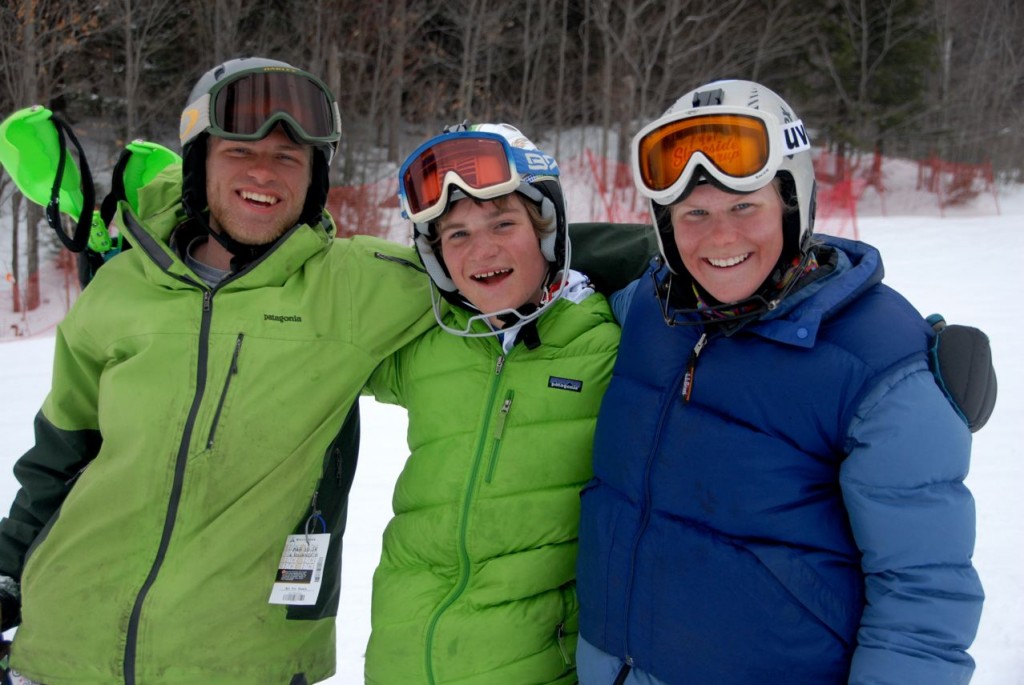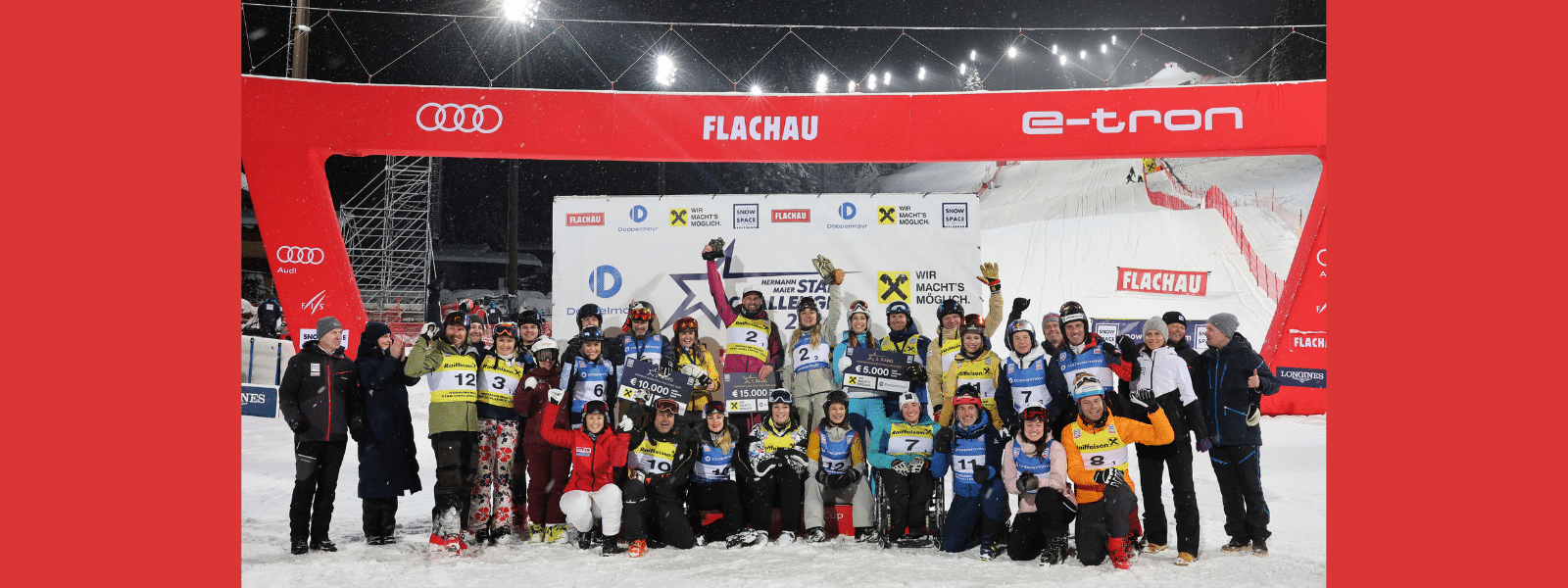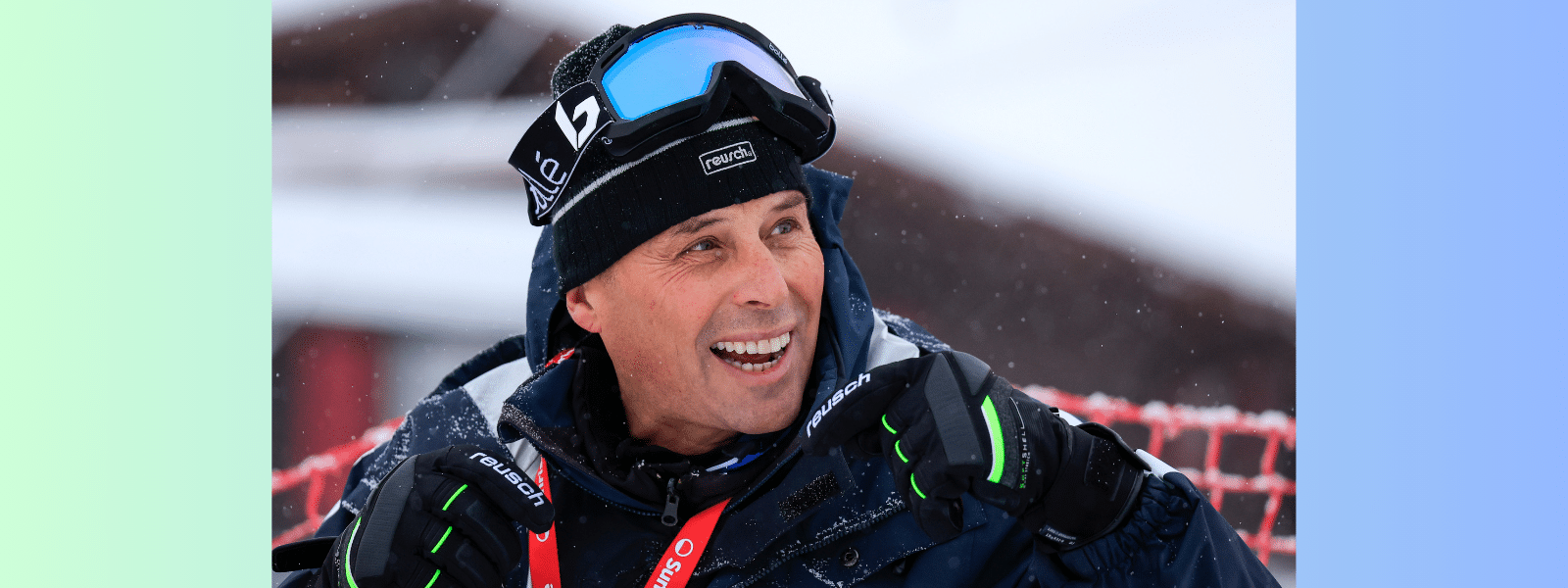Racer Next: The price is (not) right
I recently posed a broad but simple question to ski friends on Facebook: What are some ways to make ski racing more affordable? The responses, which I will post on racerex.com, ranged from grassroots strategies such as eliminating race suits and multiple pairs of skis for younger racers to issues at the most elite level, including funding the sport’s top athletes on the USST. My hope was to spark an ongoing discussion about ideas that can be put into action at all levels.
Not surprisingly, many lamented the high cost of skiing as compared to pursuits like soccer and Disneyland vacations. Attracting and retaining participants are certainly valid challenges for the sport. But this conversation is aimed at those of us who are positioned — geographically or financially — to make ski racing a real possibility, and for whom soccer and Disneyland do not compete in the same realm. We are lucky and we are cursed. Our families are hooked. The question is: Now what do we do?
Pennie Rand, whose daughter Karin, a second year U16, races for Cochran’s Ski Area in Vermont responded well. You may have read about Karin earlier this season, in a Ski Racing article recounting a whopping slalom win and her winning of Keely Kelleher’s “Girl on Fire” scholarship for a summer race camp in Mt Hood.
This season I had the good fortune to observe and befriend Karin and her family. Pennie is open about the challenges of getting Karin the training she needs while making financially smart choices that exploit their family’s collective athletic experience. Pennie and her husband, Matt, were NCAA nordic and alpine competitors, respectively, and their older daughter, Annavitte, is a nordic racer.
Pennie’s strategies range from the basic (pack your lunch and carpool) and the proactive (encourage your club to conduct ski training exchanges) to the practical (buy equipment at ski swaps; focus on one good pair of skis and one pair of well-fitted boots) and the philosophical (attend public school; live at home). Many of the solutions echo key suggestions from across the country.
Strong local programs: A huge part of Karin’s ability to pursue her dream starts with her proximity to Cochran’s, the gold standard in local hills that gets kids skiing through low-cost afterschool programs and hosts star-studded USSA competitions. Karin’s coach, 19-year-old Sam Coffin, perpetuates the Cochran’s tradition of homegrown talent enthusiastically giving back. Nonprofit status opened the door for donations to upgrade snowmaking, grooming and the oft-cited key feature to creating young ski racers: lights.
Night skiing: Many top ski racers started at smaller mountains, thanks to night skiing. Be it at Cochran’s (the Cochran dynasty), Storrs Hill (Mikaela Shiffrin), Buck Hill (Lindsey Vonn) or Park City (Ted Ligety), night skiing creates opportunities for kids to build basic skills and log miles while going to regular schools and…
Living at home: Gradually, Karin’s ski buddies have either quit or gone to ski academies where they ramp up on-snow days with summer, fall and midweek training. While her competitors are at a distinct advantage early season, Karin typically catches up by the all-important March races. Even if it sometimes means a crazy, late-February rush of daily races, Karen would not trade the breadth of her public school friends and education.
Access to big mountains: Regardless of the trade-offs, the ski academy advantage is clear, especially when it comes to training GS, which requires more terrain than is available at small mountains. Many people urge larger ski areas to offer affordable passes to kids. For the first time, Karin bought a season pass at Stowe this season. As often as possible, Pennie would pick her up from school and drive straight to the mountain, where Karin nabbed up to a dozen runs on the high-speed lift. At the Eastern Championships at Whiteface, after most of her competitors had taken off their boots, Karin was forerunning the men’s race, then lapping on the skiercross course with coach Sam and a friend.
Ski academy outreach: When Karin showed up to her first GS qualifier, she had one day on her GS skis. Her ski academy peers had more than 30 days. That one day was courtesy of Burke Mountain Academy, whose coaches invited her to train the day before the race. Karin also trains with the Mount Mansfield Ski Club when she can midweek, and her sister often trained with GMVS. Ski academies are often generous with such outreach, adhering to the “rising tide raises all ships” approach, while some club programs work with the local public high school to bridge the ski-academy gap.
Manufacturer support: Along with the summer camp, Karin’s “Girl on Fire” scholarship included two pairs of Blizzard Race skis and a pair of Tecnica boots for the season. When the generosity of the ski industry is aimed at need and talent, it goes a long way.
Higher-level issues: Some solutions need to be addressed at the national level. The decision to score U16 races more than doubled the entry fees, discouraging high school racers as well as eighth-grade U16s who can’t yet race high school. These kids may leave the sport well before getting a whiff of their potential. Furthermore, kids and parents who look to the sports’ pinnacle and see that making the USST incurs a massive bill may prematurely abandon any serious notion of pursuing the sport.
Parent education: One of the biggest hurdles for ski racing families is figuring out how to spend effectively on gear, race fees and time on snow. “It’s OK for us because we know sports,” says Pennie, “but other parents don’t know there is any other way to do it.” Ultimately, what I respect about the Rands’ approach is their ability to look ahead only as far as necessary. “I try to think of what opportunity my kids need most for the next stage,” says Pennie, “and then be open to all possibilities about how to get that.”
This article originally ran in Issue 12 of our digital magazine here.






















